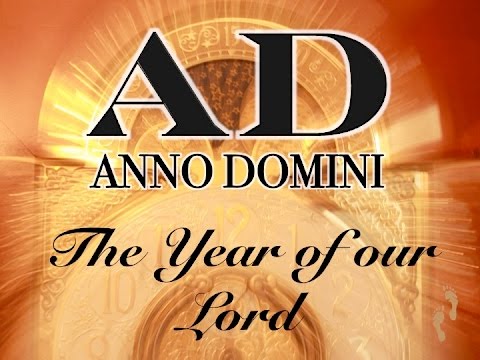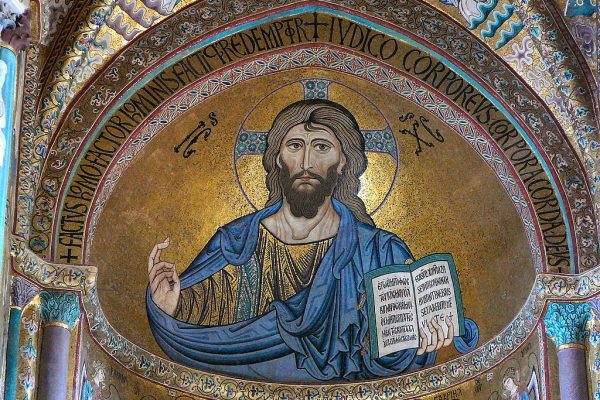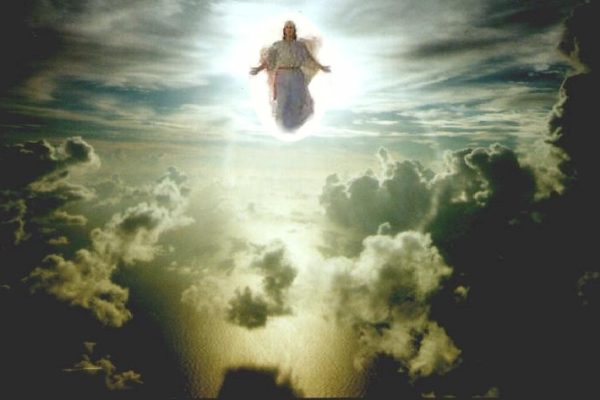The Orthodox faith is Futurist in eschatology, however it contains many more “Preterist” flashbacks than the one noticed by JL Vaughn, as noted in Part 2.
To prove it, in the following series of articles I will cite canonized Orthodox Saints, but primarily will focus on citing exerts from a popular Orthodox Prayer Book, published by the Russian Orthodox Church Outside of Russia (ROCOR).

It was printed with the blessing of His Eminence Metropolitan Hilarion, First Hierarch of the ROCOR and “dedicated to the prayerful memory of Metropolitan Philaret (Voznesensky),…” The relics of Metropolitan Philaret were found to be incorrupt decades after his burial.
Serious Orthodox read these prayer books often, ideally daily, myself included. Priests and especially monks recite or chant these and many others, several times day and night, often from memory. These prayers and hymns were handed down by the ancient church fathers and many Orthodox consider them inspired. They are a summary of Orthodox theology. Much of it directly quotes or paraphrases scripture. The version above contains a parallel English-Slavonic text. It will help shed light on how religious texts and aspects of theology could have evolved over time, and how Preterist bits and principles are more present in Orthodox practice, than what meets the eye. In the following articles, the categorizations and the bold text are mine, made to organize ideas according to concepts relevant to eschatology.
In the closing prayer from the Canon of Compunction to Our Lord Jesus Christ we find the following:
“O Master, Lord Jesus Christ our God, Who in Thine ineffable love for mankind didst at the end of the ages clothe Thyself in flesh through the Ever-virgin Mary…”
page 234
This prayer recognizes, just as the Bible does, that the End of the Ages coincided with the time of Jesus incarnation. Most people today have heard of the End of the World, and assume the end of the physical world, but today the majority of experts already accept this as a Western mistranslation. The Greek word Aion is a time term, from which we get the English Eon and most modern versions translate it as Age. The English speaking Orthodox, primarily use the word Age, but due to their Catholic/Protestant background, often use the word World, as in the End of the World. However, all the Orthodox Slavs, along with the Greeks, do exclusively use the equivalent word Age. In modern Slavic languages and in church Slavonic, the word век (viek, vek) means Age (as in time) only. Only when used eschatologically, the spatial understanding of World is added to it, but this seems not to be the original sense of the word. In any non-eschatological context, the word is always a time noun and that is the primary meaning it retains in the concordances.
If Jesus came at the End of the Age(s), then we must be now in the New Age of Our Lord, as our current calendar testifies.

The other option, and the official Orthodox view, is that we are still at the End of the (Old) Age(s). Strangely this End of the Age(s) period has lasted longer than all other Biblical ages individually taken, and it makes up about a third of all human history since Adam. At face value, this interpretation seems forceful and the Orthodox and Futurists in general tend to avoid discussing it, and when they do, they explain it mystically.
Isn’t it possible for there being a misunderstanding here? Couldn’t preconceived notions of eschatology change definitions, such as that of the word Age? Could it be that despite having the scriptures and despite the fathers receiving inspired prayers, the post 70AD church still may have misunderstood the timing and nature of the last things? That initially they did not dare to change the text of the prayers, as received by the Spirit or from Scripture, but that over time that may have changed? This prayer book has evidence that this could have been possible.
In the Order for Preparation for Holy Communion, the Prayer I of Saint Basil the Great says:
“O Master, Lord Jesus Christ our God,…Who in times past didst clothe Thyself in flesh…”
page 310
Nothing relevant at first, until we read the original Slavonic in a more accurate translation:
“O Master, Lord Jesus Christ our God,…Who in the latter days didst clothe Thyself in flesh…“
This is a clear example of the above. Latter Days (Posledniya Dni) is not the same as Times Past. This avoids the need to explain that the Latter Days are still on after two millennia. The original Slavonic is old and in accordance with Scripture. Since their conversion the Slavs have interpreted this passage futuristically, however they never dared to change the text. When the text moves jurisdiction (America) and needs to be translated, a well-meaning translator feels the need to make the “correction.” Couldn’t such “corrections” have happened earlier, elsewhere?
At the end of the Akathist to Saint Nicholas the Wonderworker we find the following:
“…Christ our God may grant me to lead a quiet life without sin in this age and deliver me (in the next) from standing at the left side, but rather grant me to be at His right hand with all the Saints.”
page 214
The original Slavonic does not include the words in parenthesis. Such a reading at face value is ambiguous and could be interpreted either way, preteristically or futuristically. The Church always did it futuristically, but they never changed the text before. The well-meaning translator obviously noticed the ambiguity and had to make the “correction.” How do we know such “clarifications” haven’t happened before?
More coming soon.






One thought on “Preterism in Eastern Orthodox Christianity part 3 – The End of the Age / The Last Days”